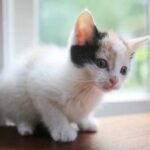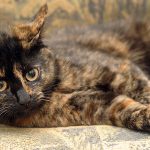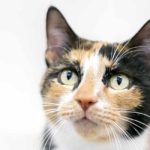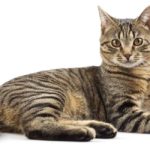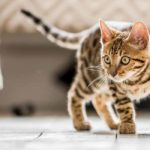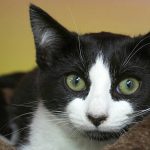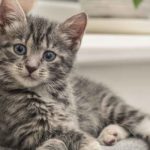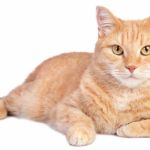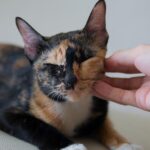Tortoiseshell and calico cats have a great deal in common. They both have the genes that create the distinctive tortoiseshell coat pattern with … [Read more...]
33 Fascinating Tortoiseshell Cat Facts
The tortoiseshell cat has black and orange fur, in a mottled pattern. They look very dark at first glance, despite the flecks of lighter shading to … [Read more...]
Calico Cat Names – 250 Great Ideas
The best calico cat names are just as sweet as these black, orange and white patterned kittens. Your calico kitten could be from any number of amazing … [Read more...]
Tabby Cat Names
Tabby cat names come in a variety of awesome shapes and sizes, just like this cool coat color. Which can cause rather a lot of confusion when it comes … [Read more...]
Fun Tabby Cat Facts
The tabby cat has a grey, ginger or silver coat with dark black markings. Tabbies can be found in a huge range of cat breeds from the slinky Egyptian … [Read more...]
38 Fantastic Tuxedo Cat Facts
The tuxedo cat is not a breed, but instead a description of a pattern. Tuxedo cats are mostly black with a white patch on their chests that looks like … [Read more...]
Grey Tabby Cat
A grey tabby cat has black stripes on a grey fur background, or dark grey stripes on a pale grey coat. These prominent stripes can be mackerel, … [Read more...]
25 Amazing Calico Cat Facts
A calico cat always has three colors in its coat, something that we call tricolor. For a cat to be truly calico, this must include white. Some are … [Read more...]
Orange Tabby Cat Myths And Facts
Every orange tabby cat is uniquely marked with a gorgeous pattern of tiger stripes. These domestic cats show off their wild side with different shades … [Read more...]
Tortoiseshell Calico Cat – Which Kitties Meet This Description?
The term tortoiseshell calico cat usually refers to a tricolor female cat with patches of black, red and white fur. However, it’s a rather clumsy … [Read more...]
